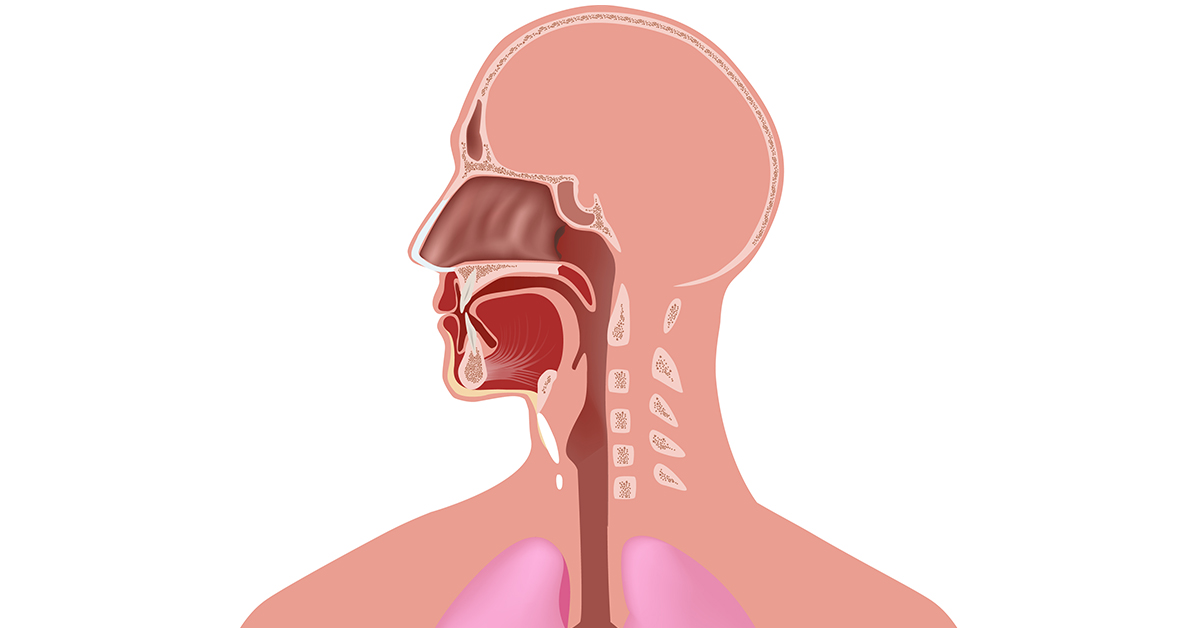
Nasal/Sinus Anatomy
The nose is a primary organ in which the body relies on to smell and breathe. Sinuses are spaces of air that can be found on each side of your nose. The anatomy of the nose and sinuses can be quite complex. However, it's important to understand in order to diagnose and treat various conditions. Let's dive deeper into nasal and sinus anatomy.
Exterior Nasal Anatomy
The outside of the nose is known as external nasal anatomy. The most visible part of the nose is the skin. Below the skin are the muscles, bones, and cartilages. While the upper part of the nose is firm, the lower part is softer because it contains cartilage rather than bone. When you look at the bottom of the nose, you see nostrils as well as the columella, the middle structure that separates them.
Interior Nasal Anatomy
Interior nasal anatomy refers to the non-visible inside of the nose. The nasal septum structure that separates the left and right airways is a crucial part of interior nasal anatomy. In the event the septum is deviated (off-center or crooked), breathing through the nose can be difficult.
Other than the nasal septum, the inside of the nose features the olfactory nerve, which controls the sense of smell. There are also three turbinates on each side, which help humidify the air that's breathed. If the lower turbinates are excessive in size, breathing challenges may arise.
In addition to the nasal septum, olfactory nerve, and turbinates, the inside of the nose has mucosa, a special tissue that lines it. It produces mucus that traps dust, bacteria, and other harmful particles.
Paranasal Sinuses
The air-filled cavities within the facial bones are called paranasal sinuses. There are four of them including the maxillary sinus, ethmoid sinus, frontal sinus, and sphenoid sinus. Each sinus is named based on where it's located. While the maxillary sinus is under the eyes, the frontal sinus is above the eyes and the ethmoidal sinus is between the eyes. The sphenoidal sinus is behind the eyes.
When you're facing a condition like a cold or sinus infection, the paranasal sinuses can become blocked with mucus and lead to pain and discomfort. Essentially, they work to circulate the air that is breathed in and out. Additionally, the sinuses provide a bony framework to your eyes and face and lighten your skull.

